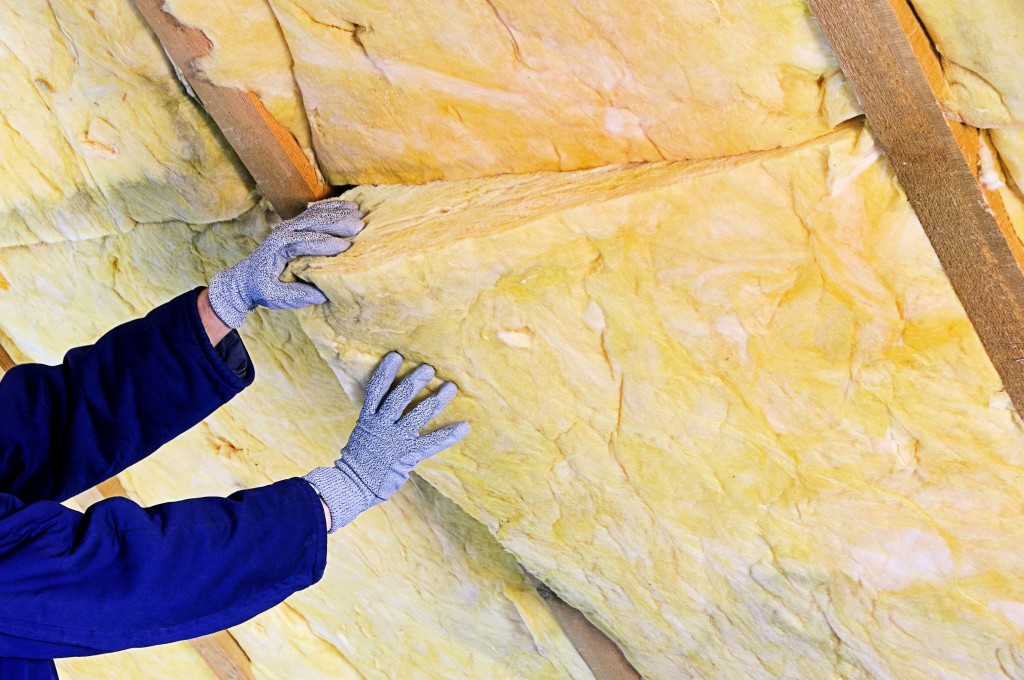Want to watch movies in your home theater at night without waking up your cohabitants or your neighbors? Booming bass is great for action films, but when it rattles the walls and disturbs your family you have a problem. There are steps you can take to contain your home theater audio, from complex and pricey to cheap and simple. Fortunately, everything you do to soundproof will also improve the acoustics in your cinema. Below, we break down soundproofing solutions from pie-in-the-shy to budget.
Floating Room
The only way to keep 100% of sound inside a room is to build a floating room, essentially a recording studio in your house. These rooms are called “floating” because they are acoustically separate from the rest of the structure. Gaps between the studio walls and the other structures prevent the conduction of sound through the walls. As you can imagine, a floating room is not easy to build. It’s an expensive custom remodel that will cost thousands of dollars.
Double Walls
Moving one rung down the budget ladder we have double walled rooms. Again, this would involve extensive remodeling. If you are building a new house, you can plan with your contractor to have a dedicated theater room with double-thick walls. If you’re redoing an existing home you’ll have to knock out the drywall and add an extra layer of sheetrock next to your current sheetrock, but with a small gap between. Then you put the drywall back up. You will lose some square footage and spend some money, but this will make a significant dent in the amount of sound that transfers into other rooms from your home theater. You can even consider putting layers of vinyl in your walls; vinyl vibrates less than rock, making it “acoustically dead.”
Tight Seal
Sound doesn’t just transmit through walls; it seeps out of cracks and openings. Areas of concern include doors, electrical outlets, light fixtures, air vents, and speaker cabinets. Before you install in-wall or in-ceiling speakers, ask your installers about the enclosure they plan to use. Make sure they plan on using an acoustically dead cabinet or enclosure. There are inexpensive options for forming seals. If you’re remodeling, put sound dampening material around the back of electrical outlets. Place acoustic tape around doors, vents (of course, don’t block the vents), and light fixtures. It’s a good idea to invest in a “soundproof” door.
Sound Dampening
Contrary to popular opinion, acoustic panels and drapes don’t do much to keep sound from escaping a room. They do have a slight dampening effect, but their real merit is the effect they have on the sound inside the home theater. Drapes, plush chairs and acoustic panels absorb sound. They still transmit most of that sound to the walls, but they prevent it from reflecting back into the home theater room. When sound is reflected off floors, walls and furniture, it becomes distorted. To optimize your audio, make your home theater as plush as possible.
When in doubt call local home theater installation specialists. Most companies will do a walk through for free and give you an idea of what can be done to soundproof your space and how much it will cost.


